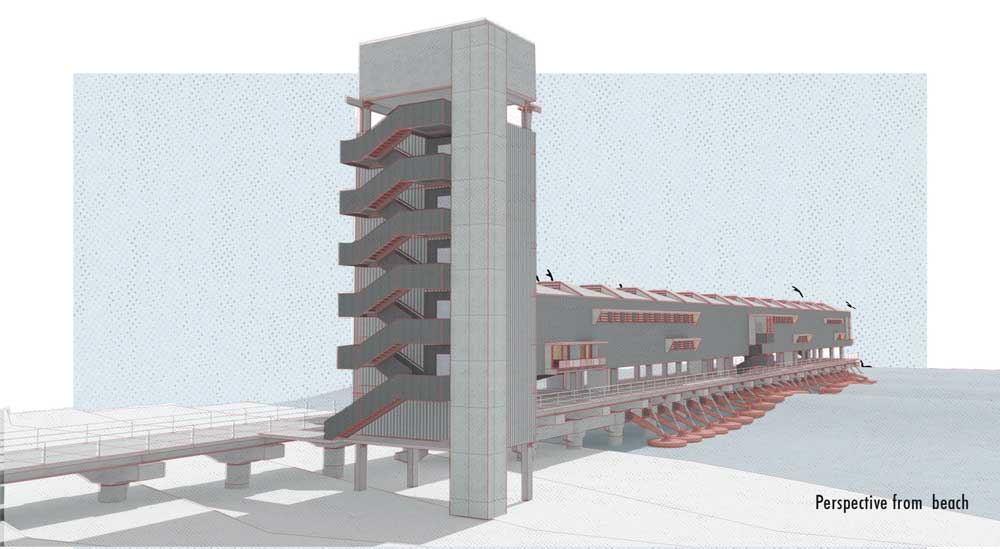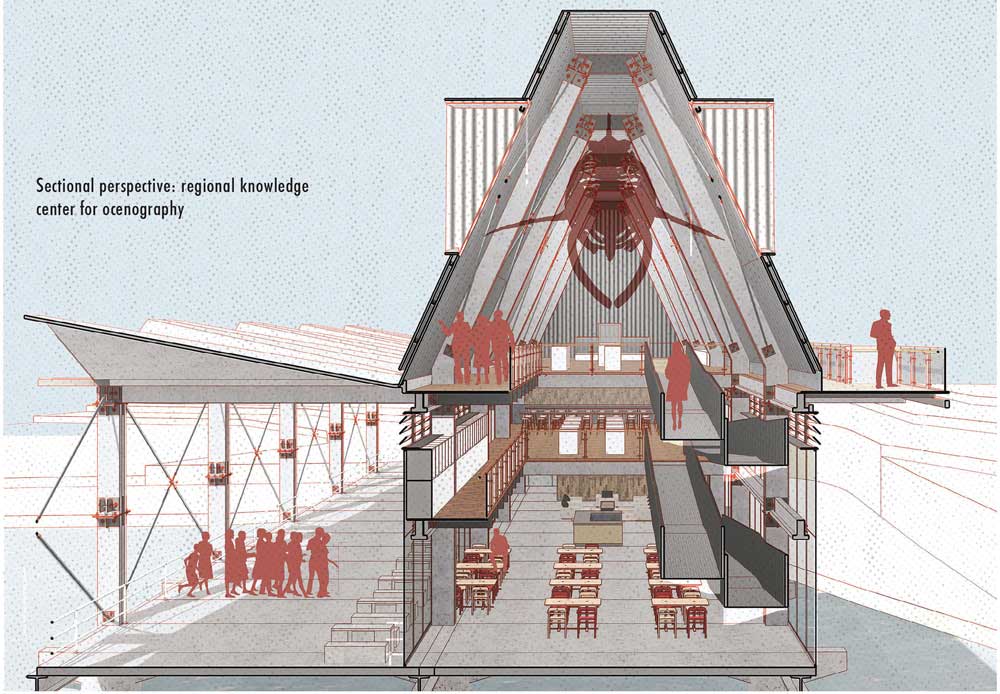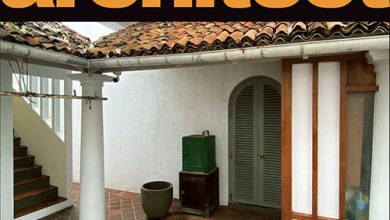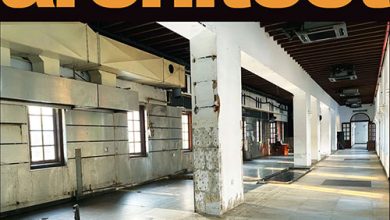TRANSFORMING BUILDING SYSTEMS
LEVERAGING THE CONCEPT OF REPURPOSING
BY Pubudu Wickramasuriya
University of Moratuwa
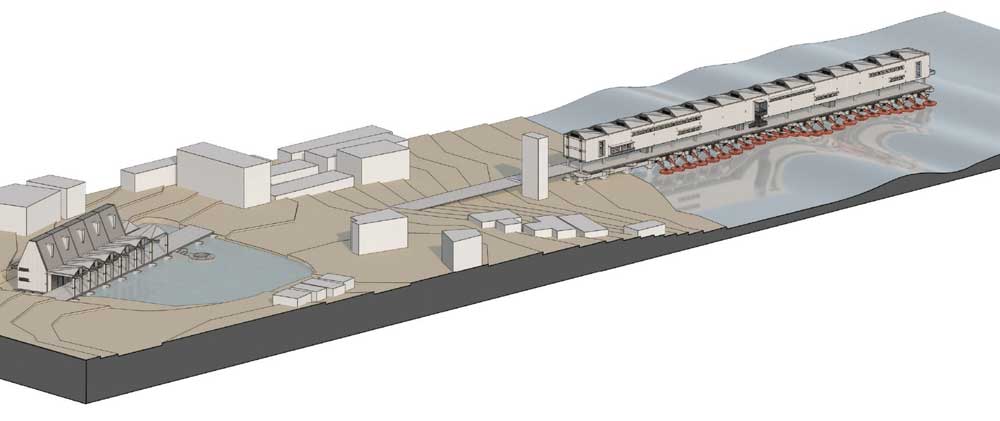
The traditional approach to building design has been to create permanent structures that are capable of lasting decades and centuries. The built environment is an ever evolving entity that’s shaped by a variety of social and economic factors, which makes permanent structures obsolete.
Therefore, a building’s service life is believed to be far less than the potential capacity of the construction material’s integrity. This has led to a range of serious issues including increased carbon emissions and global warming, and the depletion of natural resources and habitat destruction due to rapid building removal and construction.
Instead, we should focus on designing buildings that can be easily disassembled and reused, reconfigured, relocated and recycled.
Sri Lanka faced an energy crisis with frequent power cuts and unaffordable electricity. It should rely on hydropower and tap its potential as the country needs stable alternatives to coal and diesel plants, which harm the economy.

Wave power generation emerges as a renewable and environmentally-friendly solution. With potential generation amounting to 2,000 MW along the coastal line, it could meet the country’s entire demand. The high energy zone from Dondra Head to Palatupana could generate 200 MW, equivalent to the largest hydro plant Victoria.
Transys, a transformable building system, offers a solution for repurposing buildings at the end of their service life. A prototype wave energy power plant and research centre have been proposed in Tangalle on the southern coast to explore this concept as its short lifespan poses challenges for conversion.
Building systems are designed for the utilitarian purpose of the building, which is to be efficient, economical and durable. By reusing building components, a secondary structure is proposed – a regional knowledge centre inspiring schoolchildren in rural areas of Hambantota District towards the sciences.
This showcases how utilitarian components can be rearranged to construct a more sophisticated and elegant building.

